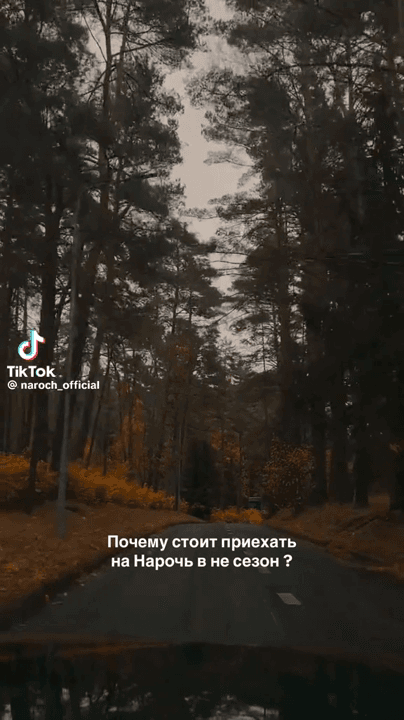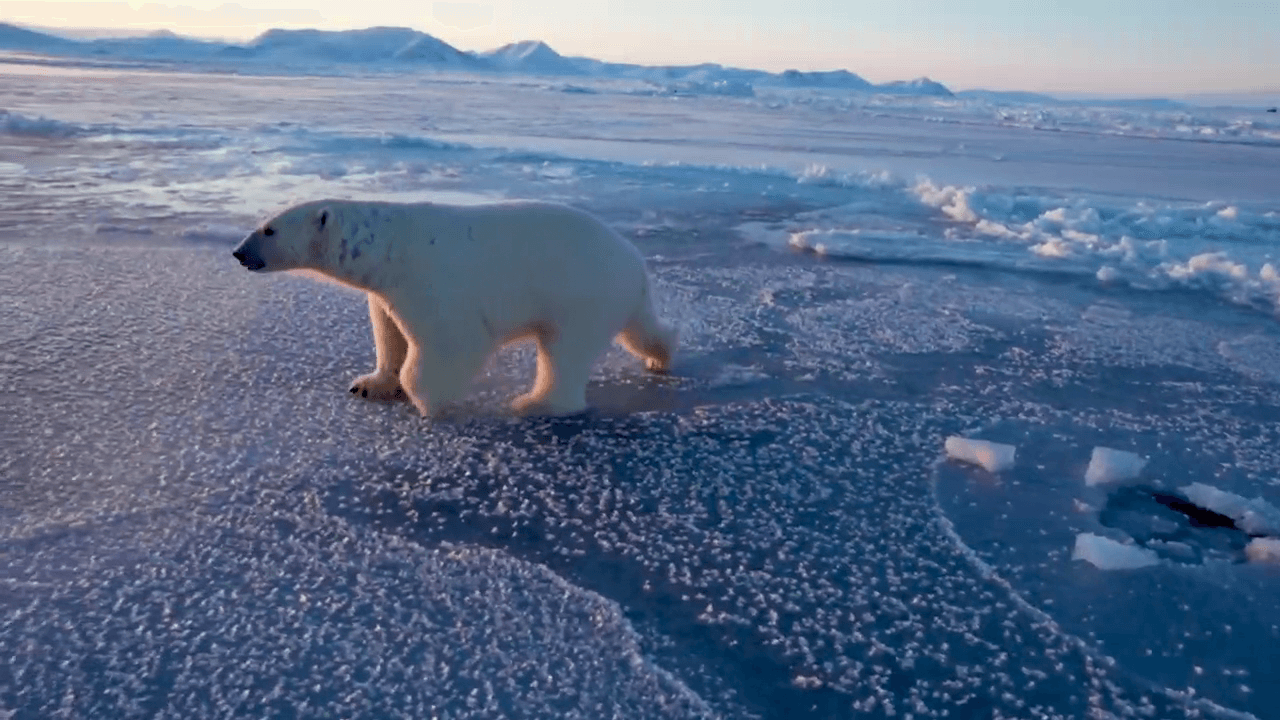
The Hunter's Paradise: Laws, Legislation, Seasons and Demographics. Exploring VENETO'S Diverse Hunting Landscape Veneto, with its variety of natural environments, offers numerous opportunities for hunting. From the Dolomites to the Venetian plains, the region boasts rich and diverse wildlife, making it an ideal territory for various hunting practices. Geographic and Natural Features of Veneto from a Hunting Perspective Veneto stands out for its environmental diversity. The Dolomites, with their forests and valleys, are home to ungulates such as deer and roe deer, while the hilly and flat areas provide perfect habitats for wild boar, hares, and pheasants. The Venice Lagoon and the Po Delta, on the other hand, are ideal territories for waterfowl hunting. Hunters and Demographics of the Region Veneto has approximately 40,000 active hunters, according to regional data. Hunting has deep roots in local traditions, with strong involvement from rural and mountain communities. The presence
Post: 8 May 14:18














































